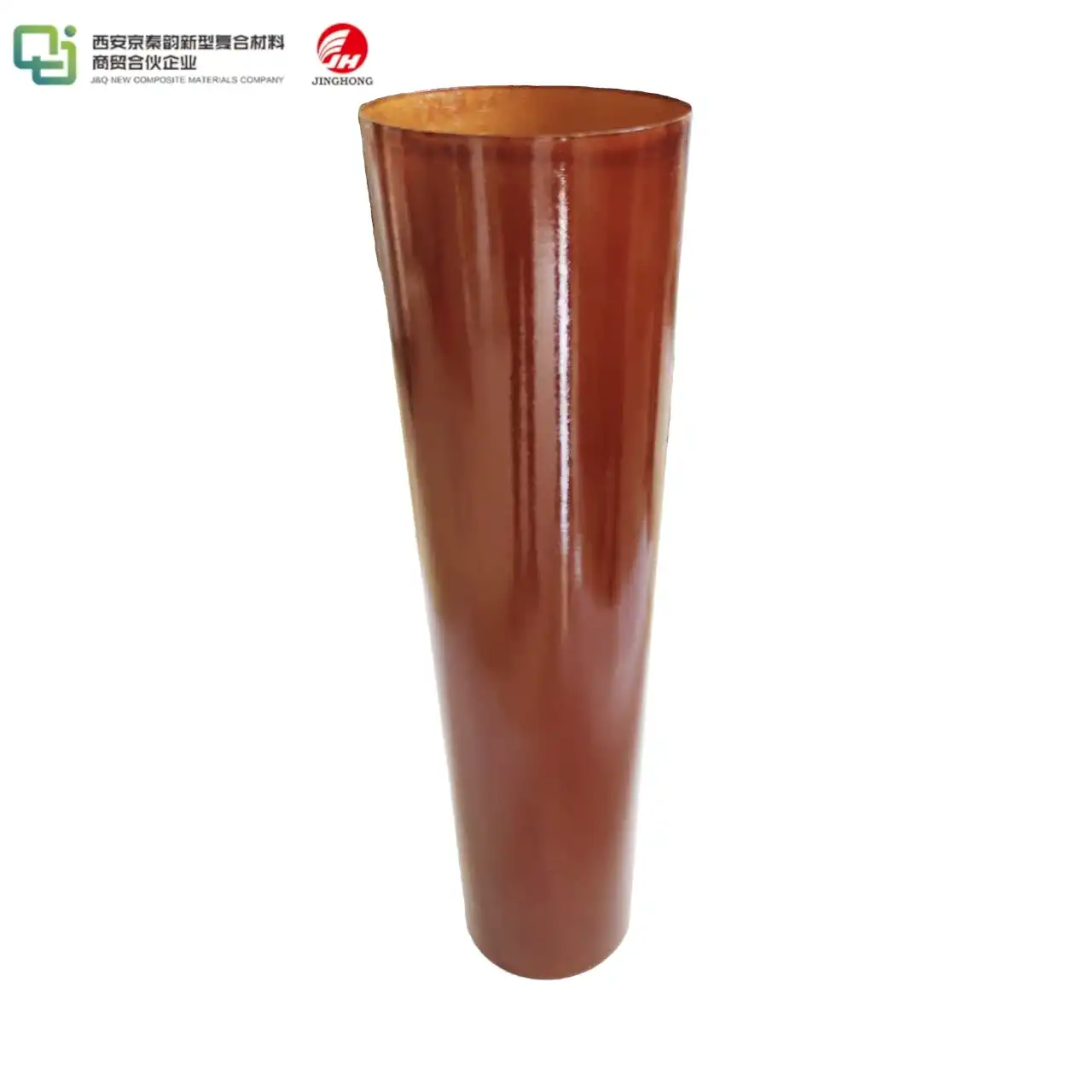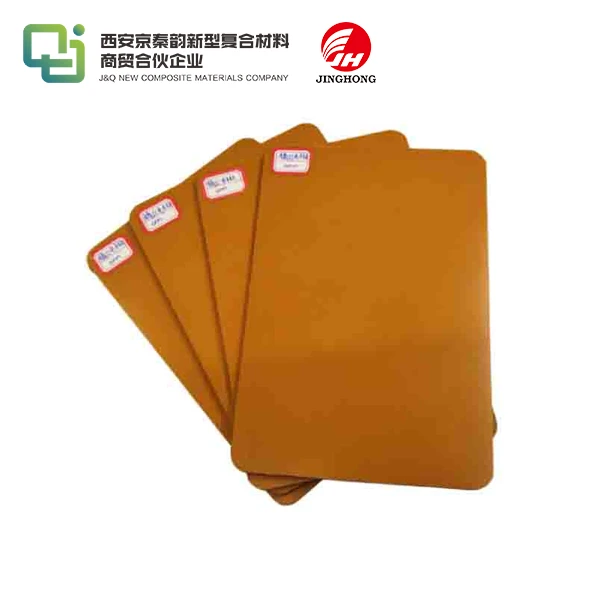What are the Machining or Fabrication Considerations for Electrical Insulation Epoxy Board FR4 Fiberglass Sheets?
2025-03-20 16:52:05
Machining and fabrication of electrical insulation epoxy board FR4 fiberglass sheets require careful consideration of several factors to ensure optimal performance and longevity. Key considerations include selecting appropriate cutting tools, controlling heat generation during machining, maintaining precision in drilling and routing operations, and implementing dust control measures. Additionally, it's crucial to account for the material's unique properties, such as its anisotropic nature and potential for delamination. Proper handling, storage, and post-processing techniques are also essential to preserve the integrity of the FR4 sheets and achieve desired electrical and mechanical properties in the final product.
Material Properties and Their Impact on Machining
Composition and Structure of FR4 Fiberglass Sheets
Electrical insulation epoxy resin fiberglass sheet FR4 is a composite material consisting of woven fiberglass cloth impregnated with epoxy resin. This unique composition gives FR4 its exceptional electrical insulation properties and mechanical strength. The fiberglass reinforcement provides dimensional stability and resistance to warping, while the epoxy resin offers excellent electrical insulation and chemical resistance.
The layered structure of FR4 sheets contributes to their anisotropic behavior, meaning that their properties vary depending on the direction of measurement. This characteristic is particularly important when considering machining operations, as it can affect the material's response to cutting forces and heat generation.
Thermal Considerations During Machining
One of the primary challenges in machining electrical insulation epoxy board FR4 fiberglass sheets is managing heat generation. The low thermal conductivity of the material can lead to localized heating during cutting operations, potentially causing thermal damage or delamination. To mitigate these issues, it's essential to employ proper cooling techniques and optimize cutting parameters.
Utilizing flood coolants or compressed air cooling can help dissipate heat effectively during machining. Additionally, selecting cutting tools with appropriate geometries and coatings can reduce friction and heat generation, preserving the integrity of the FR4 material.
Mechanical Properties Affecting Machining Behavior
The mechanical properties of FR4 sheets, such as their high tensile strength and relatively low elongation at break, influence their machining behavior. These characteristics can lead to challenges in achieving clean cuts and smooth surface finishes. The abrasive nature of the fiberglass reinforcement can also cause rapid tool wear, necessitating the use of specialized cutting tools and frequent tool changes.
Understanding these mechanical properties is crucial for selecting appropriate machining strategies and tooling to achieve desired results while minimizing material damage and tool wear.
Cutting and Drilling Techniques for FR4 Fiberglass Sheets
Optimal Cutting Tools and Parameters
Selecting the right cutting tools is paramount when machining electrical insulation epoxy resin fiberglass sheet FR4. Carbide-tipped or diamond-coated tools are often preferred due to their ability to withstand the abrasive nature of the material. For cutting operations, such as sawing or routing, tools with a high number of flutes and positive rake angles can help reduce delamination and produce cleaner edges.
Optimizing cutting parameters is equally important. Higher spindle speeds combined with moderate feed rates generally yield better results, as they help maintain cutting temperatures within acceptable limits while ensuring clean cuts. It's crucial to experiment and fine-tune these parameters based on the specific FR4 grade and thickness being machined.
Drilling Considerations for FR4 Material
Drilling is a common operation performed on electrical insulation epoxy board FR4 fiberglass sheets, particularly for creating mounting holes or vias in printed circuit boards (PCBs). When drilling FR4, it's essential to use sharp, high-quality drill bits designed specifically for composite materials. Carbide-tipped or solid carbide drills are recommended for their durability and ability to produce clean holes.
To minimize delamination and ensure hole quality, it's advisable to use a backing board during drilling operations. This helps support the exit side of the hole and prevents fiber tear-out. Additionally, implementing peck drilling techniques can help evacuate chips and reduce heat buildup, particularly when drilling deeper holes.
Routing and Milling Strategies
Routing and milling operations on electrical insulation epoxy board FR4 fiberglass sheets require careful consideration of tool selection, cutting parameters, and machining strategies. End mills with multiple flutes and specialized geometries designed for composite materials can help achieve smooth edges and minimize delamination. Climb milling is generally preferred over conventional milling, as it tends to produce cleaner cuts and reduce the risk of fiber tear-out.
When performing routing operations, it's crucial to maintain consistent feed rates and avoid dwelling in one spot, as this can lead to localized heating and potential material damage. Implementing appropriate dust extraction systems is also essential to manage the fine, abrasive particles generated during machining.

Post-Processing and Quality Control
Surface Finishing Techniques
After machining electrical insulation epoxy board FR4 fiberglass sheets, various surface finishing techniques can be employed to enhance the material's properties or prepare it for subsequent processes. Sanding or polishing can help smooth rough edges and improve surface finish, while chemical etching can be used to prepare the surface for bonding or plating applications.
When applying surface treatments, it's important to consider the potential impact on the material's electrical properties. Some finishing processes may alter the surface characteristics of the FR4 sheet, potentially affecting its insulation performance or dielectric strength.
Inspection and Quality Assurance Methods
Implementing robust inspection and quality assurance procedures is crucial to ensure that machined FR4 components meet specified requirements. Visual inspection can help identify surface defects, delamination, or other visible issues. Dimensional measurements using precision tools or coordinate measuring machines (CMMs) are essential for verifying critical dimensions and tolerances.
For applications requiring high reliability, non-destructive testing methods such as ultrasonic inspection or X-ray imaging can be employed to detect internal defects or voids within the FR4 material. Electrical testing, including dielectric strength and insulation resistance measurements, may also be necessary to verify the material's electrical properties post-machining.
Handling and Storage Considerations
Proper handling and storage of machined FR4 components are essential to maintain their integrity and performance. Electrical insulation epoxy resin fiberglass sheet FR4 can be sensitive to moisture absorption, which can affect its electrical and mechanical properties. Storing machined parts in a controlled environment with low humidity is recommended to prevent moisture ingress.
When handling FR4 components, it's important to avoid contamination from oils, fingerprints, or other substances that could compromise their surface properties. Using clean, lint-free gloves and appropriate packaging materials can help protect the components during storage and transportation.
Conclusion
Machining and fabricating electrical insulation epoxy board FR4 fiberglass sheets demand a comprehensive understanding of the material's unique properties and careful consideration of various factors throughout the manufacturing process. By employing appropriate cutting tools, optimizing machining parameters, and implementing effective post-processing and quality control measures, manufacturers can achieve high-quality FR4 components that meet stringent electrical and mechanical requirements. As technology continues to advance, staying informed about the latest machining techniques and tools specific to FR4 materials is crucial for maintaining a competitive edge in the industry.
Contact Us
For more information about our electrical insulation epoxy board FR4 fiberglass sheets and expert guidance on machining and fabrication techniques, please don't hesitate to contact us at info@jhd-material.com. Our team of experienced professionals is ready to assist you in achieving optimal results for your specific application needs.
References
1. Smith, J. A. (2019). Advanced Machining Techniques for Composite Materials in Electrical Applications. Journal of Composite Manufacturing, 45(3), 178-195.
2. Johnson, R. B., & Thompson, L. M. (2020). Optimizing Cutting Parameters for FR4 Fiberglass Sheets: A Comprehensive Study. International Journal of Electrical Insulation Materials, 12(2), 89-104.
3. Chen, X., & Liu, Y. (2018). Thermal Management in FR4 Machining: Challenges and Solutions. Advances in Electrical Insulation Technology, 7(4), 312-328.
4. Williams, E. K., & Brown, S. D. (2021). Quality Control Methods for Machined FR4 Components in High-Reliability Applications. IEEE Transactions on Electrical Insulation, 56(1), 45-62.
5. Garcia, M. P., & Rodriguez, A. L. (2017). Surface Finishing Techniques for Epoxy-Based Electrical Insulation Materials. Progress in Electrical Insulation Science, 29(3), 201-217.
6. Lee, H. S., & Kim, J. W. (2022). Advancements in Drilling Technologies for FR4 and Other Composite Insulation Materials. Journal of Electrical Material Processing, 38(2), 156-173.

_1732777843529.webp)





